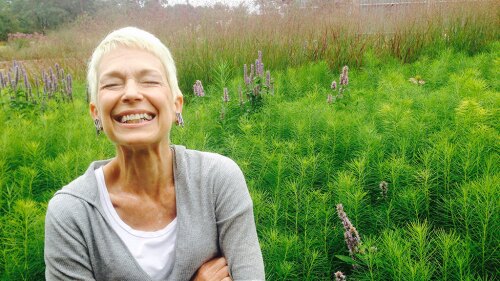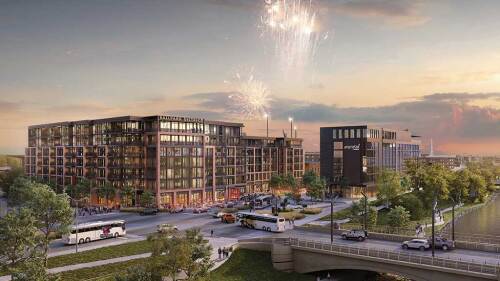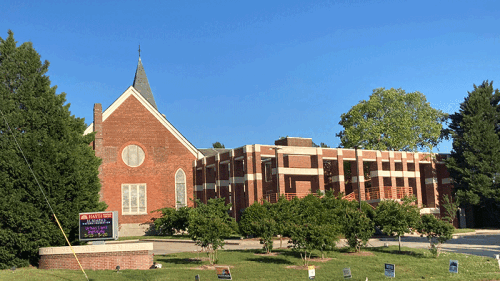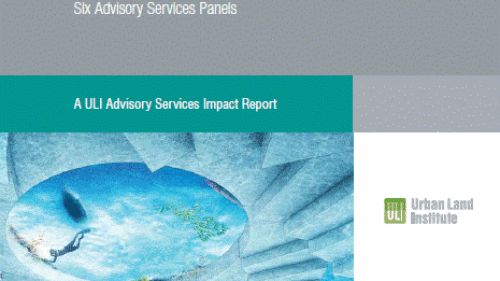Placemaking and Placekeeping
Visionary placemaking leader Carol Coletta, recognized for her transformative impact on urban environments, to receive the ULI Prize for Visionaries in Urban Development.
On May 8, 2025, ULI Orange County/Inland Empire celebrated the successful conclusion of its inaugural Center for Leadership program. This milestone marked the culmination of an eight-month journey focused on advancing ULI’s commitment to connect active, passionate, and diverse members through the foremost global network of interdisciplinary professionals, as well as inspire best practices for equitable and sustainable land use through content, education, convening, mentoring, and knowledge sharing.
Graduated students are invited to guest with ULI Product Council’s at the Fall and Spring Meetings, getting in-person networking with industry leaders in addition to tours and other discussions.
A few key trends that evolved over the past few years and continue to shape the field of placemaking in 2025 reflect a growing commitment to sustainability, resource efficiency, and the responsible management of urban spaces.
Can third spaces help downtowns bounce back from the pandemic?
How urban planners are turning public places into vibrant centers for living, working, learning, and socializing.
If the past two years have taught us anything, it’s that our society’s deep desire to return to “normal” has sparked a reevaluation of what normal should entail. As urban populations continue to grow, and individuals look to reclaim their place in the community, the question arises: have our downtowns evolved enough to meet these new demands?
ULI’s Art in Place program has expanded with the addition of ULI France and ULI Germany, bringing the total number of participating district and national councils to eight. The program aims to connect artists, developers, and community voices to promote creative placemaking, which integrates art, culture, and creativity as levers of community revitalization.
In May 2022, the Hayti Heritage Center of Durham, North Carolina, co-sponsored a ULI Advisory Services panel with the Institute’s Foundation. The goal of the panel was to identify opportunities for intentionally inclusive development.
A new ULI report explores the social, environmental, and economic benefits of creative placemaking, along with successful case studies in the United States.





![Credit Zack Benson Courtesy of Gensler_Fifth + Broadway 1[1].jpg](https://cdn-ul.uli.org/dims4/default/1665a7b/2147483647/strip/true/crop/1205x677+0+261/resize/500x281!/quality/90/?url=https%3A%2F%2Fk2-prod-uli.s3.us-east-1.amazonaws.com%2Fbrightspot%2Fef%2F2a%2F67a6e80c48ed84e3da6e2e06b218%2Fcredit-zack-benson-courtesy-of-gensler-fifth-broadway-11.jpg)




